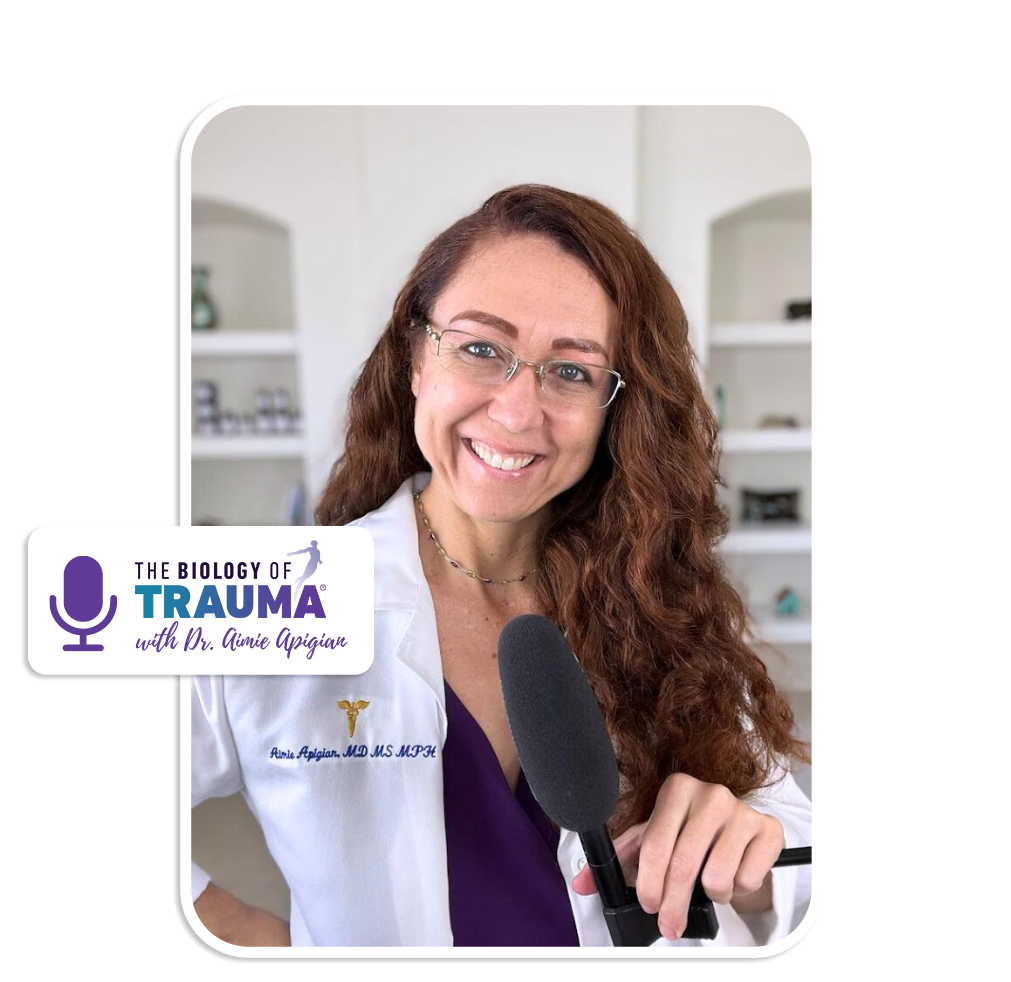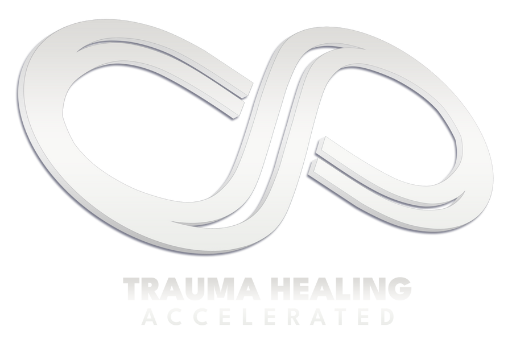
Attachment Styles: Impact on Relationships, Health & Healing
Because we really have this inbuilt belief that's physiologically embedded: That the person that we're relying on is not going to be there, and that creates a lot of anxiety."


Attachment Styles: Impact on Relationships, Health & Healing
What is attachment?
Attachment begins forming from a very early age. This happens through the combination of attunement and autonomic regulation with our primary caregivers.
Attunement refers to the non-verbal communication and responsiveness between the infant and caregiver. This helps create a sense of safety and trust for the child.
Autonomic regulation involves how well the caregiver can help the infant regulate their own nervous system through co-regulation.
When an infant experiences high levels of attunement and support for autonomic regulation, this leads to the development of secure attachment. Their operating system is programmed for safety, health, and positive relationships.
However, lack of attunement or inconsistent autonomic support can result in insecure attachment styles. These are styles like avoidant attachment, for example.
The type of insecure attachment depends on the specific experiences of disconnection or inconsistencies in the caregiving environment.
How do insecure styles impact nervous system regulation?
For avoidant attachment, the child adapts early on. They do this to dissociate from their innate relational needs due to neglectful caregivers who were unavailable, or rejecting the connection.
This takes a tremendous amount of energy. This is because our biological drive is wired for social bonding. They learn to self-regulate through disembodied means like distraction, rather than true embodiment.
Ambivalent attachment results from the inconsistent availability of caregivers. Babies experiencing this come to expect abandonment around connecting with others.
They remain in a constant state of hyper-arousal, anxiously trying to maintain relationships and reassure themselves of the other’s presence.
This over-focus on external regulation makes internal self-soothing difficult to develop.
How do these styles impact adult relationships?
Early childhood experiences lay down implicit templates and expectations about relationships.
These get unconsciously enacted in our adult bonds unless resolved. These early working models are deeply ingrained at a physiological level.
Have you noticed a cycle you repeat with people in relationships?
Overcoming survival adaptations wired by our insecure attachment requires more than just insight.
It involves creating new, corrective experiences that can rewire our operating systems on a more embodied level.
Things like somatic therapies, targeted experiential exercises in safe relationships, and trauma processing can help complete this healing work.
Simply talking through our histories may not sufficiently help us overcome automatic reactions and access new behaviors. I always say, you get pills or a talk, but is that ever the solution?
How do styles impact health?
In this episode, I explored so many different things with Diane. Including: how avoidant attachment individuals’ experience of relational neglect or rejection could transfer to issues with nourishment from food.
The lack of feeling nourished in early bonds may correlate to eating disorder patterns as a result.
Ambivalent attachment adaptation happens when unstable external regulation from inconsistent caregivers is a reality.
This blueprint could lead one to similarly rely on addictive substances or unhealthy behaviors to achieve regulation.
Much like an unreliable early attachment figure, addiction provides temporary relief but does not support developing inner self-soothing abilities.
Disorganized attachment results from threatening caregivers.
When a child’s primary caregivers are threatening rather than a source of safety and security. This sets the stage for disorganized attachment to develop.
Due to mixed signals from caregivers, the child may oscillate between approaching for comfort and withdrawing in fear. Their nervous system learns to shift between trauma responses and uncertainty.
Feeling fundamentally safe is so crucial when working with clients with disorganized attachment histories. Or embarking on your own healing journey.
Due to inconsistent caregiving, the ability to feel safe internally was often not established.
The therapeutic relationship must therefore hold stability and nurturing qualities to help build new learning around what safety in relationships can entail. Through corrective experiences, a sense of predictability and trust can slowly develop where there was previously only uncertainty and threat.
The possibility of healing and rewiring through creating new experiences of safety, love, and attunement in our relationships and with ourselves.
While our histories shape us greatly, our nervous systems continue developing throughout life based on new experiences.
Those with stored trauma can effectively rewire our operating systems. How?
By creating opportunities for safety, love, and attunement in both our relationships and internal self-care.
There are techniques that can help generate new, corrective learning at implicit levels. Almost anyone can do this through things like somatic exercises, targeted experiential practices with supportive others, and trauma processing.
Making a conscious effort to surround ourselves with nurturing external environments and cultivate internal safety can help change our biology over time.
It is truly empowering to understand that each of us has the means within us to overcome early programming. Then be able to move toward more secure functioning.
I really hope this perspective encourages those on the journey to reconnecting with themselves and others.
I’ve had a great time sharing this with you!
Until next time.
To your best health and your best self,
~ Dr. Aimie
Here’s what you’ll learn in the full podcast episode:
- How early interactions with caregivers shape attachment patterns.
- How attachment styles manifest in adult relationships, including romantic partnerships.
- How attachment styles influence the nervous system and health outcomes.
- The impact of developmental trauma on therapy and healing practices.
- How to change attachment patterns.
- What is one of the fastest ways to regulate?
- The stress and cost of energy to disconnect our natural attachment system.
- Why avoidant attachment patterns struggle more with eating disorders.
- Which attachment pattern is the most complex and hard to measure?
Helpful Links:
Read these three articles I wrote on medium.com to gain a greater understanding of how your attachment style impacts your health and healing from trauma:
- How Your Attachment Style Affects The 3 States Of Your Nervous System
- Thought It Was Just Your Attachment Style? You May Actually Have Attachment Trauma
- How Childhood Attachment & Trauma Issues and Recovery Is Actually More Biological, Not Psychological
And check out these other Biology of Trauma podcasts:
Podcast #14: How to Not Traumatize Your Infant with Common Parenting Practices with Bette Lamont – Gain a greater understanding of what infants need for the development of a secure attachment.
Podcast #30: Attachment Adaptations From Age 0 – 6 Months – Learn what happens when we have attachment gaps or injuries in the first six months of life and how it impacts us in the present in ways beyond just our relationships.
Podcast #34: What does the Polyvagal Lens say about Attachment, Freeze and Functional Diseases? – Learn how our attachment style manifests itself in the context of the three states of the nervous system and how that can impact our susceptibility to disease.
Podcast #44: How Quickly Can Lifelong Patterns Change? – The lifelong patterns that are the result of our attachment can feel impossible to change. Gain greater hope and understanding of how these lifelong patterns can be rewired in the nervous system.
Podcast #45: Can Adoption or Childhood Trauma Cause Bipolar Disorder? – Adoption can have a huge impact on our attachment. Learn more about how it can affect our health in the context of Bipolar Disorder.
Podcast #59:Adoption Trauma: The Myth of Resilience – Learn more about how attachment styles show up in the context of adoption and where to begin to make a shift.
Where To Start:
Foundational Journey: A 6-week Journey I lead where I safely guide you into your own nervous system to see what is stored! More importantly, is what comes next. I want to teach you how to create that felt sense of safety in your body. I want you to have tools and a foundation of regulation.
I lay the foundation for healing stored trauma through somatic and parts work.
Think of it as stabilizing your system before going into surgery. I lay the foundation before doing the deeper trauma work.
Guides:
Attachment Trauma Roadmap: Earning a secure attachment as an adult requires hard work to rewire the nervous system, in which attachment trauma has become deeply embedded. This roadmap lays out this healing process through somatic work, parts work, and addressing biology.
Attachment Pain Guide: Learning how to get to a secure attachment starts with understanding the types of attachment pain you have. This guide helps individuals better understand the types of attachment pain.
Products I recommend for this episode:
Magnesium Calm – If you want better sleep and to ease brain inflammation then taking this supplement will help you
Cellular Energy Power – If you want your body to be full of energy then this supplement will help you.
Cellular Energy Support – This is designed to promote mitochondrial biogenesis and increase mitochondrial density
Products I recommend from this episode
Comment Etiquette:
I would love to hear your thoughts on this episode! Please share your constructive feedback by using personal name or initials so that we can keep this space spam-free, and let’s keep the discussion positive!
Drop your thoughts below about the episode! I want to hear from you.
Connect with me on social media
Foundational Journey
You. Calm. Alive.
Be safely guided step-by-step through the essential process for addressing stored trauma in your body.
Disclaimer:
By listening to this podcast, you agree not to use this podcast as medical advice to treat any medical condition in either yourself or others. Consult your own physician for any medical issues that you may be having. This entire disclaimer also applies to any guests or contributors to the podcast. Under no circumstances shall Trauma Healing Accelerated, any guests or contributors to The Biology of Trauma podcast, or any employees, associates, or affiliates of Trauma Healing Accelerated be responsible for damages arising from the use of the podcast.





One Response
You are Amazing Dr Aimie we were fortunate enough to stumble across you several months ago and we are listening a lot .. and talking and recommending you .. we know there is work to be done .
Your site is so comprehensive – nice work !
Overall , Well done you ! 👏👏👏